Covid-19’s Wild Effects
We are all drawn to nature photography for our very own personal reasons. Some are drawn for commercial reasons – to make money, others because they enjoy sitting in the peace and quiet of nature waiting for beautiful light, and others who perhaps enjoy the hunt of capturing animal behavior in front of their very eyes. For me, it was all of the above at the beginning, but as I spent more time in the field and grew older, it became more about being a champion for innocent and beautiful creatures who needed protecting from humans like me.
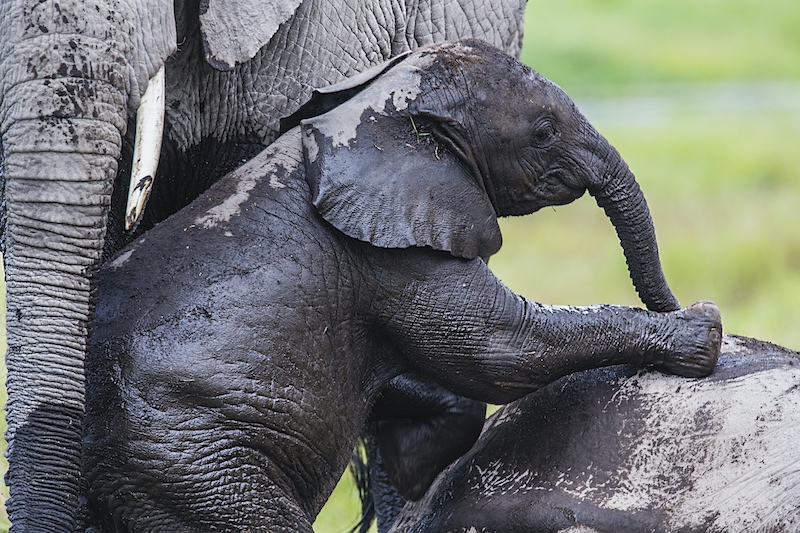
A young elephant calf (Loxodonta africana) climbing on back of older sibling to play while mother feeds, Amboseli, Kenya, Africa
Covid-19 is a new scourge to the animal kingdom in many countries – and since we are caught up in our own country’s media, we forget about this. Kenya is one sub-saharan Africa country that faces a serious longer term reality from Covid-19 that could take decades to recover from – the countless loss of animals en masse. Without tourist dollars, Kenya’s game reserves such as the Maasai Mara, Amboseli and other national parks are completely empty with no human activity. As a result, these national parks cannot pay their Rangers and staff members to keep the wildlife in the parks safe. And so, professional poachers of elephant ivory, and rhino horn (for the Chinese market) are now free to enter the parks since the camps/lodges are closed and there is no longer a presence of safari vehicles. They have free access to these virtually untouched areas for the first time in decades.
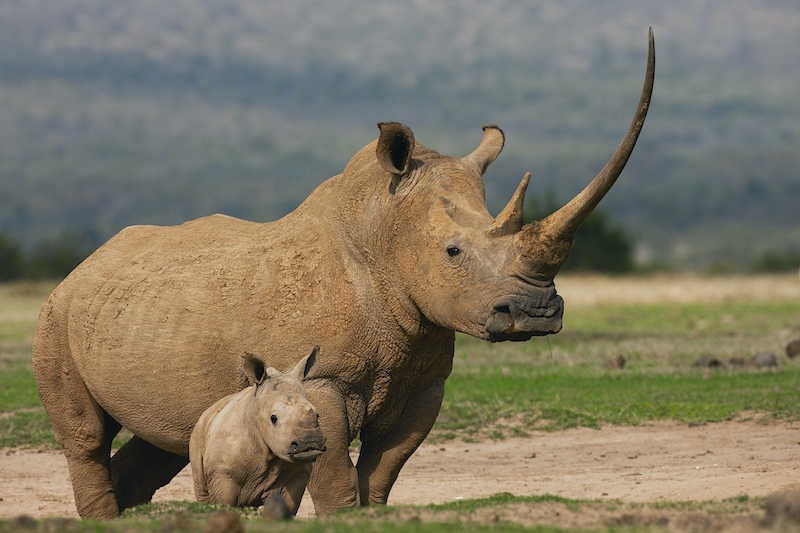
A white rhinoceros female (Ceratotherium simum) with an enormous horn stands protectively next to her small calf, Kenya,Africa
Covid-19 starved communities and villages surrounding the parks, reserves and conservancies lack the income they normally receive from tourism which supports their livelihood. Therefore, they have no option but to kill wild animals for food (e.g. plains game) or bush meat. They also are now able to enter the parks undetected in order to hunt for bush meat since there are too few Rangers to patrol these vast geographic areas. Wildlife poachers now have freedom in all of Kenya’s parks to kill as many elephants and rhinos that they can for profit.
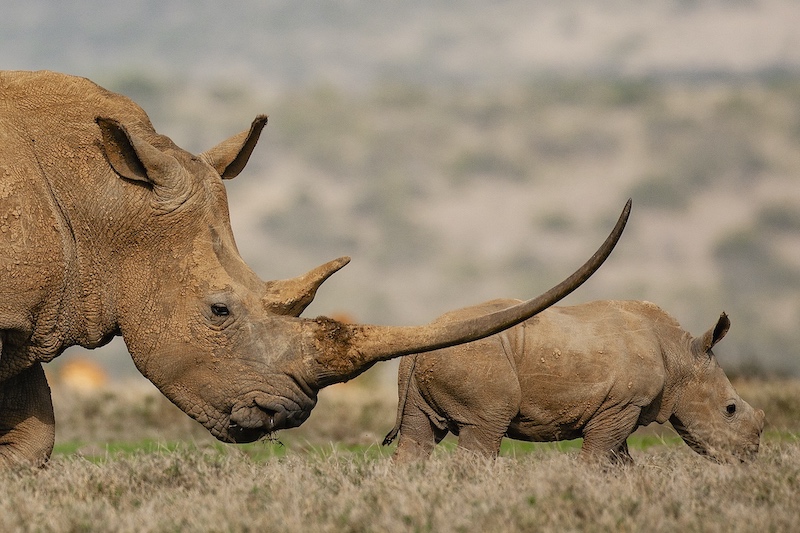
A white rhinoceros female with a long horn (Ceratotherium simum) and its small calf, Kenya
The safari industry faces grave challenges throughout Africa. In Nairobi alone, hundreds of safari vehicles are sitting idle in car park yards. Camps and lodges are closed. Safari guides, drivers and camp staff are without jobs. Local communities, who used to work in the camps and lodges are sitting at home in their villages.
Community Wildlife Fund (https://www.gofundme.com/f/community-wildlife-fund-animal-poaching-protection) was established by a few compassionate people (including myself and Gabrielle Nowak of Sunworld Safaris, Kenya) because we have a solution. This project will allow for re-hiring guides, and the use of the idle safari vehicles to enter the parks as “anti-poaching surveillance units” in order to reinforce the efforts of too few rangers. The hundreds of guides in hundreds of vehicles will once again receive their salaries to drive around day and night. They will take Rangers with them, and/or use their radios to communicate with other guides and rangers throughout the park. With the presence of vehicles all over the parks, the safari guides will work with the Rangers in order to deter poachers from killing elephants, rhino, giraffe, eland, Thompson gazelle and many more animals for food or profit.
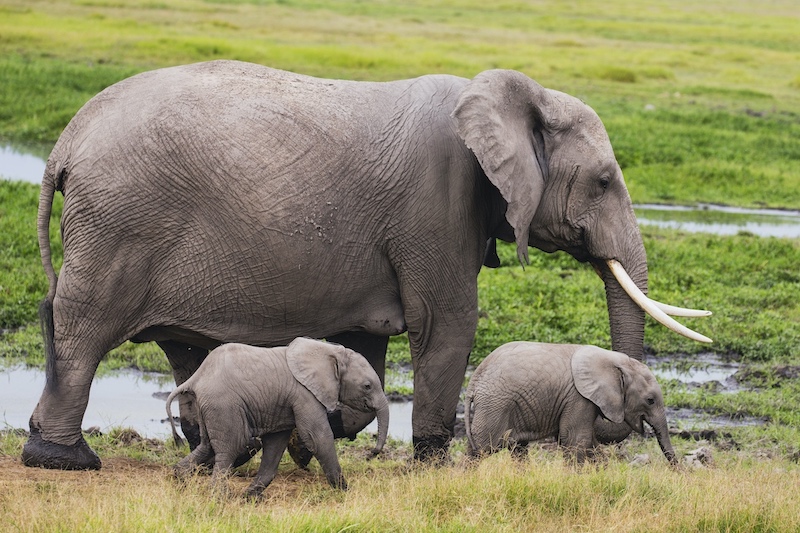
A very rare pair of elephant twins (Loxodonta africana) walking beside their protective mother, Amboseli, Kenya, Africa
The empty camps and lodges will provide accommodation and food for the guides at low net cost – just the cost for food, generators for electricity and a place to sleep. Use of these empty camps and lodges will also employ local communities again, which will provide them with income and at the same time deter them from killing animals for bush meat.
In short, the vital donations earned for this project will help protect vulnerable wildlife from being wiped out during the threat of Covid-19 in Kenya. Wildlife is the gem of Kenya and Kenyans depend on these national parks and tourism for their livelihood. This donation-based project will not only save the lives of thousands of animals, but of many people in Kenya.
The guides will also deliver the most important food items to the villages (maize meal, lentils, rice, sugar, tea leaves, milk and soaps/ sanitizers) which is vital because it will prevent them from hunting bushmeat. Most Kenyan communities eat little meat and these food packages cost around $30 USD which can last a family of five for two weeks.
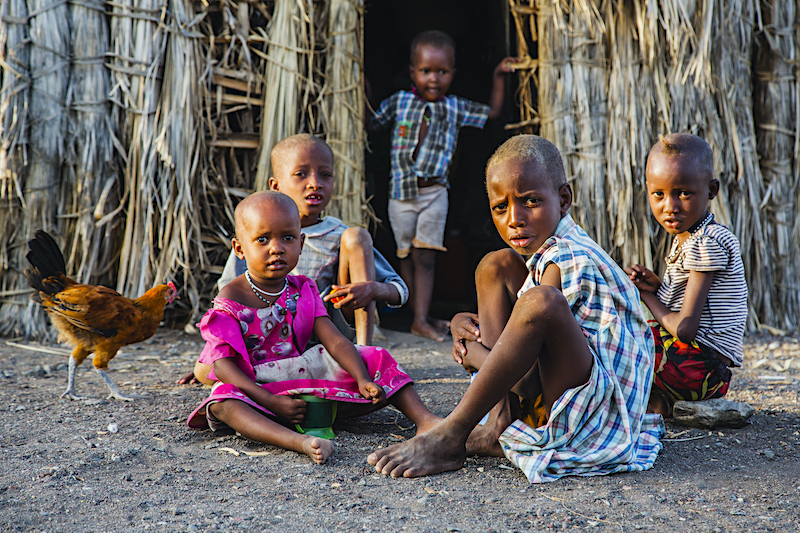
Children of the El Molo tribe sitting in front of a thatched hut in their village, Loiyangalani, Kenya
Nature photography opens our eyes to problems much bigger than ours alone. When you spend countless hours in the bush, or the tundra, or in the desert photographing, you see life so clearly and begin to understand that your photography can contribute to changing the world. Nature photography can be a part of a solution. An image doesn’t only have to speak, but it has the power to scream a message. Nature photographers can be the eyes, the heart and the soul of a world much larger than themselves.
~ Jami Tarris
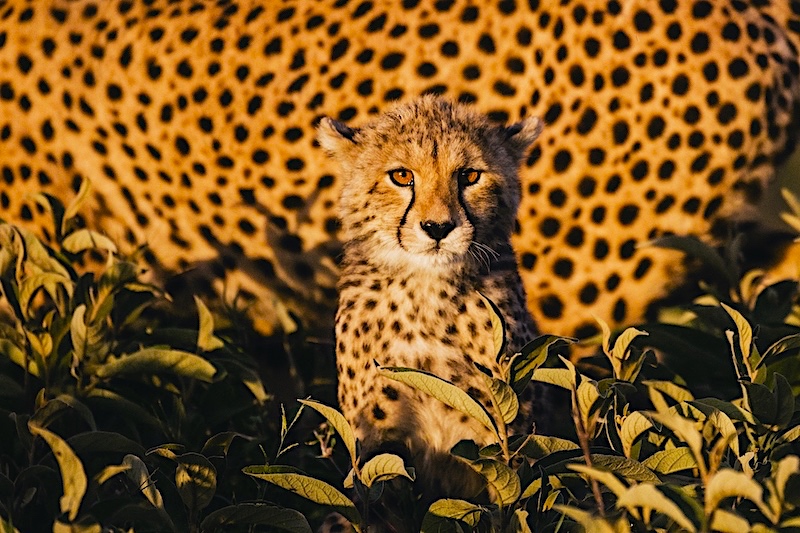


Leave a Reply
Want to join the discussion?Feel free to contribute!